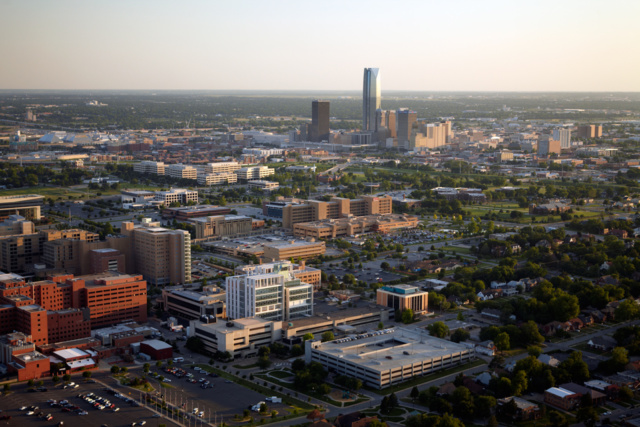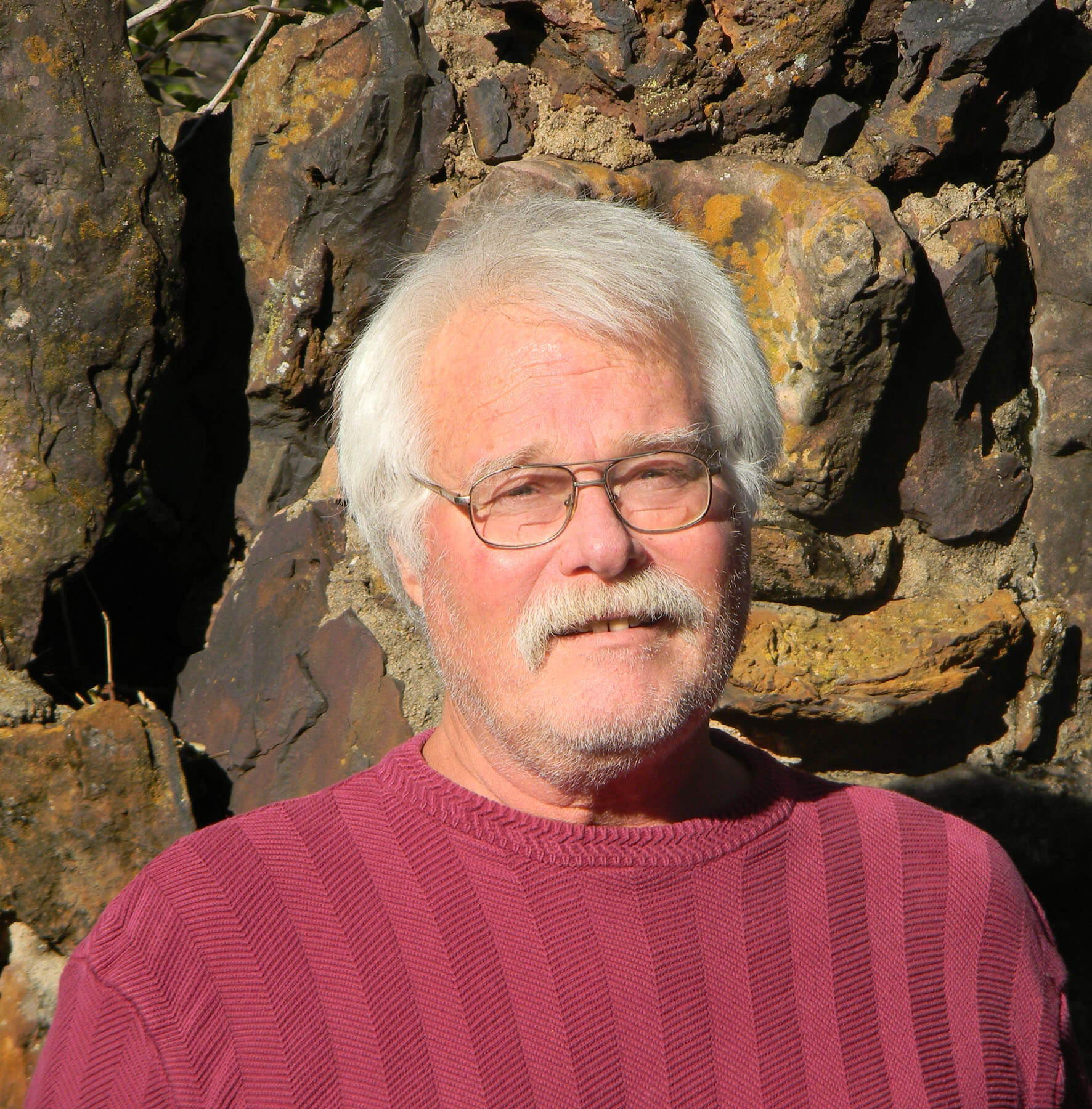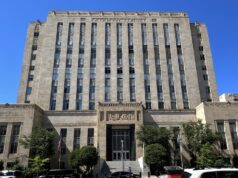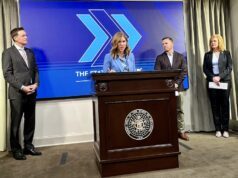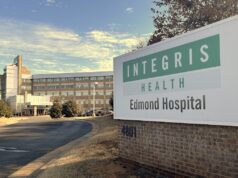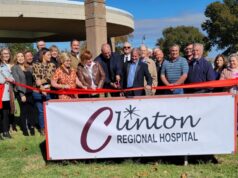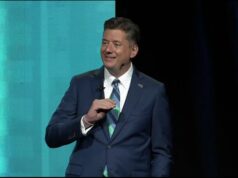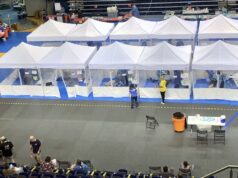The Oklahoma Health Center has become the crown jewel of the local economy. Obviously, many of the Health Science Center’s health efforts are made possible by enormous financial investments, but the medical complex now faces budgetary shortages (the state only funds 30 percent of the center’s budget). Still, it points the way toward progress in Oklahoma.
During a recent breakfast meeting Sept. 7 at the medical complex, the Greater Oklahoma City Chamber of Commerce and the Oklahoma Health Center Foundation offered observations that can help laypersons understand what we need to build a healthier and more prosperous state.
21st-century medical research
Experts like Dr. Thomas Kupiec, Dr. Doris Benbrook, Dr. Dimitrios Karamichos and Dr. Anne Pereira provided insights on a molecular level about 21st-century medical research. For instance, Dr. Pereira explained how inappropriate use of antibiotics has spurred the development of microbes that are resistant to treatment. Too much of the time, drug manufacturers take the shortcut of tweaking drugs that are on the market rather than engaging in more fundamental research. (Dr. Pereira’s talk previewed this week’s historic news about the emerging international effort to stop the dangerous misuse of antibiotics.)
If State Question 777 becomes law, I would add, petitioning against the misuse of antibiotics might not matter as much to Oklahomans. If the so-called “Right to Farm” is enshrined in the constitution, Oklahoma might not have much recourse when factory farms overuse antibiotics and thus spur the development of new waves of drug-resistant germs.
Regardless of SQ 777, we should all learn from Pereira’s conclusion that we need to respect the scholarly method, articulate hypotheses and learn from failure. We don’t learn as much when our experiments work as hoped; it’s in defeat where we really gain knowledge. Moreover, as we embrace the adventure of medical and scientific research, we must still respect the timeless dictum to “do no harm.”
Dr. Benbrook was equally captivating in explaining why it is so difficult to cure cancer. Many times, she said, cancer has been cured in the lab but not in the outside world in which we live. Cancer morphs into a disease that is unique in each person it invades, so doctors must study each patient’s patterns and see how they evolve. It’s like a “juggling act” for each individual patient. She concluded with words that could have been the theme for the entire panel discussion: “We are moving forward” so we can “build an infrastructure” and “teach others.”
Innovation district emerging
And that brings us to Dr. Kupiec, and his overview of the emerging innovation district that is being developed between Automobile Alley and Lottie Avenue and Northeast 13th to Northeast 4th streets. The Brookings Institution’s Project for Public Spaces is studying this process. The innovation district is both a bioscience-research sector and a place for incubating startup businesses. Brookings sees the district as “a strong anchor point for future development” and a place for re-imagining urban areas.
The ongoing study of the district praises its “collegial and collaborative culture.” Brookings recommends that it builds on that foundation. Brookings’ Bruce Katz urges even more “inclusion and diversity; creating more lively public interaction with programs and creative design; and building on the existing OKC culture.”
I would add that we must heed that advice in terms of multiple social-welfare institutions, ranging from the most advanced providers and researchers of medical science to holistic early education and wraparound services for inner-city students, such as those offered at the David R. Lopez Community School at Edgemere Elementary School.
Bottom-up health efforts reassert self interest
And that leads to a fortuitous epilogue: Dave Lopez is a leader of the local Champions of Health gala event, and his recent NewsOK guest editorial speaks about bouncing back from adversity and forging solutions. Lopez acknowledges that “Oklahoma’s health outcomes are ranked 45th in the nation for overall health,” but he urges “don’t be burdened by all the negative noise. We also have some often-overlooked good news.”
Although I would argue that our state government has ducked its responsibilities, Lopez cites bottom-up efforts to improve our health, such as OU Fit, which serves its 800 employees and their families who work at the Oklahoma Health Center; Hearts of Hearing; Sunbeam Family Services, one of the state’s oldest community agencies; the Oklahoma Caring Vans; and Crossings Community Clinic, “a ‘spin off’ of a church that demonstrates Christian outreach in innovative ways. It earned an award for building a community health clinic that has provided more than 44,000 patient visits and nearly 94,000 hours of volunteer service from nearly 400 active volunteers,” according to Lopez’s editorial.
Maybe Oklahoma is learning from the health failures caused by embracing narrow self-interest. Maybe the decency of our people, and our desire for a sense of community, will reassert itself.









